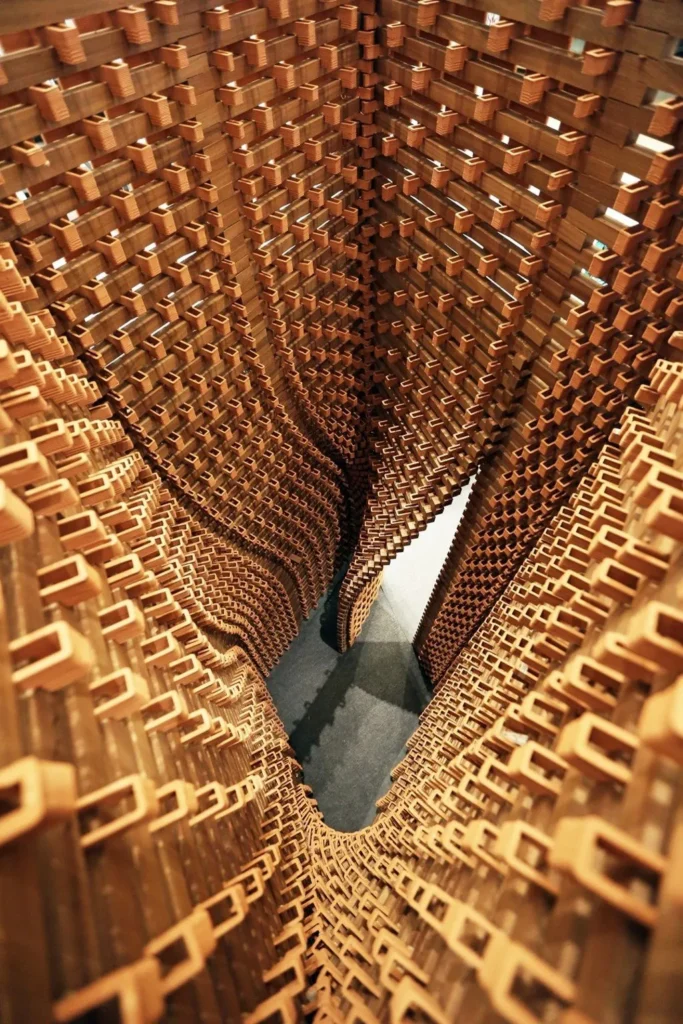In the bustling world of construction, where every brick counts, a new optimization model is set to revolutionize the way buildings go up. Developed by Ke Zhang from the Henan College of Industry & Information Technology, this innovative approach combines a backtracking strategy with an improved neighborhood search algorithm to tackle the age-old problem of brick arrangement.
Traditionally, arranging bricks, especially in irregular spaces, has been a time-consuming and often inaccurate process. “The current methods are inefficient and lead to a significant number of bricks being cut, which is both wasteful and costly,” explains Zhang. His solution, the Improved Backtracking and Neighborhood Search Optimization (IBT) model, aims to change that.
The IBT model was trained and validated using 5,800 brick layout data points from a single construction company. The results were impressive, with the model achieving a fitness rate of 99.98% on the training set and an accuracy of 98.89% on the validation set. Compared to other models like SPEA-2-GA and EOM, the IBT model not only performed better but also significantly reduced resource consumption, using only 58% of the processor on the 7th count.
The commercial implications for the construction industry are substantial. By optimizing brick arrangement, the IBT model reduces the number of cuts needed, leading to cost savings and less waste. “This model can effectively improve construction efficiency and reduce system resource consumption,” Zhang notes. “It’s particularly suitable for construction units with limited resources.”
The potential impact on the energy sector is also noteworthy. Efficient construction methods can lead to reduced energy consumption during the building process, contributing to a lower carbon footprint. As the construction industry continues to seek ways to become more sustainable, the IBT model offers a promising solution.
Published in the *Journal of Applied Science and Engineering* (translated from Chinese as *应用科学与工程杂志*), this research is poised to shape future developments in the field. As the construction industry embraces digital transformation, models like IBT could become standard tools, paving the way for smarter, more efficient building practices.
In a world where every brick counts, Zhang’s research is a step forward, offering a glimpse into the future of construction. As the industry continues to evolve, the IBT model stands as a testament to the power of innovation and the potential of technology to transform traditional practices.

